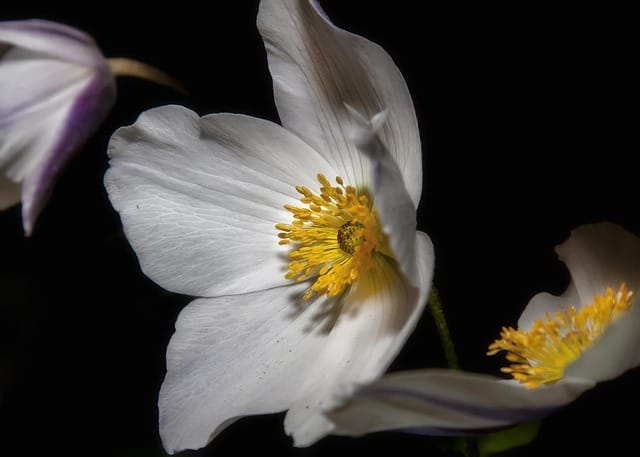How to grow Windflowers (Anemone blandas)
Windflowers, scientifically known as Anemone blandas, are beautiful and delicate flowering plants that belong to the buttercup family

In this article:
Introduction to Windflowers
Windflowers, scientifically known as Anemone blandas, are beautiful and delicate flowering plants that belong to the buttercup family. They are native to Europe and are commonly cultivated for their vibrant blue, pink, or white flowers which bloom in early spring.
Choosing the Right Location
When selecting a location for your windflowers, it is essential to consider their requirements. They thrive in partial shade, making them an ideal choice for areas under deciduous trees or in flower beds along fences or walls. The location should also offer protection from strong winds.
Soil Preparation
Windflowers prefer well-draining soil that is rich in organic matter. Before planting, prepare the soil by removing any weeds or grass and loosening it with a garden fork or tiller. Incorporate compost or aged manure to improve fertility and drainage.
Planting Windflowers
Windflower bulbs are usually planted in autumn, around 4-5 inches deep and 3-4 inches apart. Gently press the soil over the bulbs, ensuring they are fully covered. Water the area thoroughly to settle the soil.
Watering and Fertilizing
Windflowers require regular but moderate watering. Keep the soil consistently moist, especially during the growing season. Avoid overwatering, as it can lead to root rot. Apply a balanced liquid fertilizer once or twice during the growing season to promote healthy growth.
Pruning and Maintenance
After the windflowers finish blooming, allow the foliage to die back naturally. Removing or cutting the foliage prematurely can weaken the bulbs. Once the foliage turns yellow and withers, it can be gently removed. Regular weeding around the windflowers is necessary to prevent competition for nutrients.
Dealing with Pests and Diseases
Windflowers are generally pest and disease resistant. However, they can occasionally be affected by aphids, slugs, or snails. Use organic pest control methods or apply appropriate insecticides sparingly if necessary. Ensure good air circulation around the plants to prevent fungal diseases like powdery mildew.
Division and Propagation
Every 3-4 years, windflowers may benefit from division to rejuvenate the plant and prevent overcrowding. Dig up the clumps in autumn after the foliage has died back. Gently separate the bulbs and replant them at the desired spacing. This is also a great opportunity to propagate windflowers by planting the divisions in new areas of your garden.
Overwintering Windflowers
Windflowers are winter hardy and can survive cold temperatures. However, it is a good idea to provide a protective layer of mulch over the bulbs before the first frost. This will insulate them and prevent damage from freezing temperatures. Remove the mulch in early spring to allow new growth to emerge.
Landscaping Ideas with Windflowers
Windflowers can be used to create stunning displays in gardens and landscapes. They work well in woodland gardens, rock gardens, borders, or naturalized areas. Plant them in combination with other early spring bloomers like daffodils or tulips for a beautiful burst of color.
Frequently Asked Questions
Q: Can windflowers be grown from seed?
A: While windflowers can be grown from seed, it is a more challenging and time-consuming method. Growing from bulbs is the most common and reliable way to propagate windflowers.
Q: Do windflowers attract pollinators?
A: Yes, windflowers attract bees and butterflies, making them a valuable addition to any pollinator-friendly garden.
Conclusion
With their captivating and delicate blooms, windflowers can bring a touch of elegance and color to your garden. By following the right planting and care techniques, you can enjoy these beautiful flowers for years to come.
